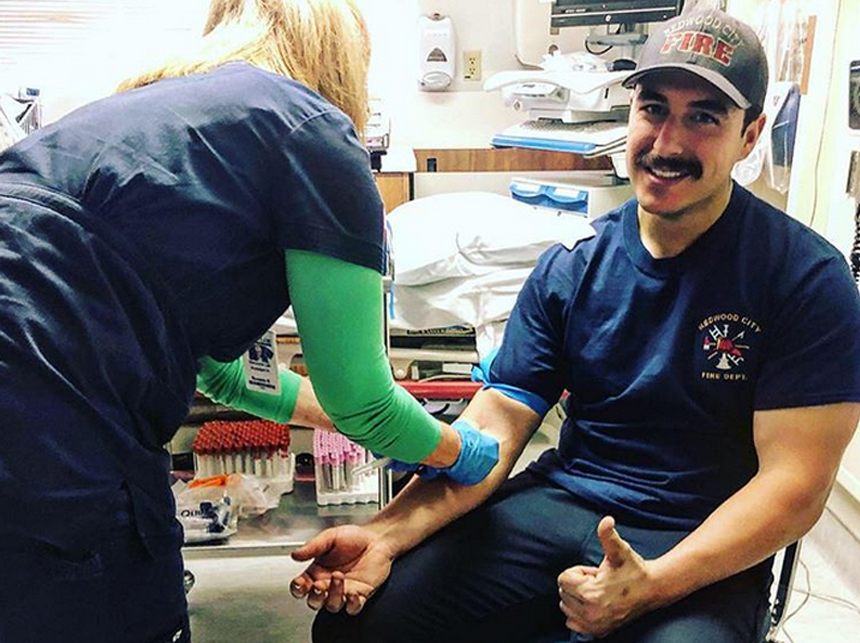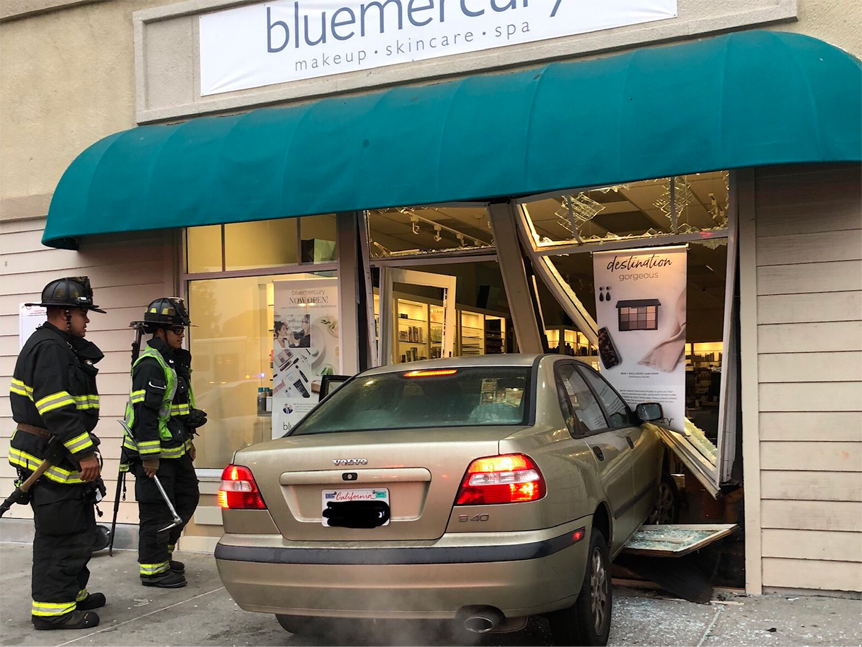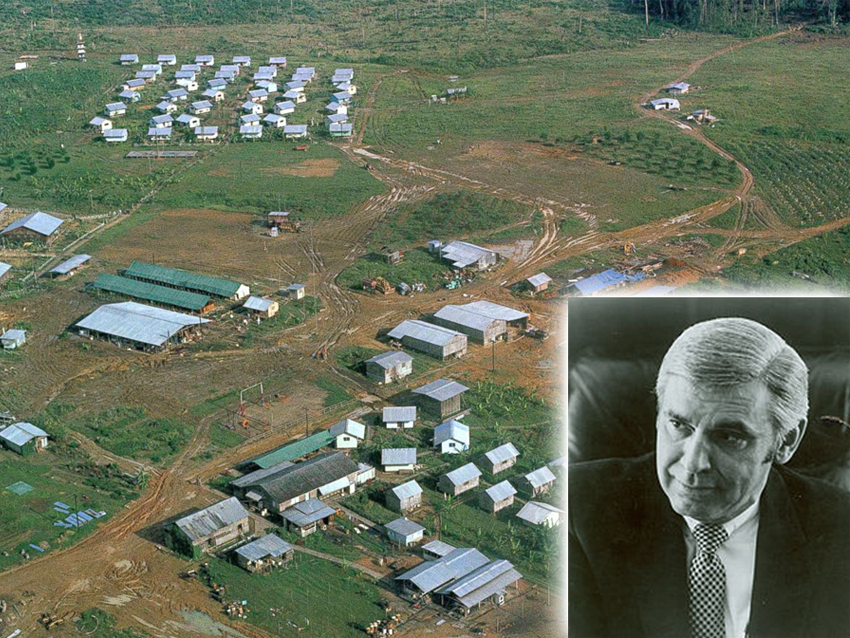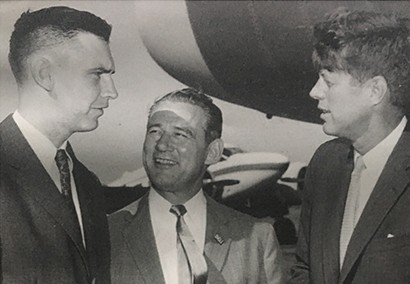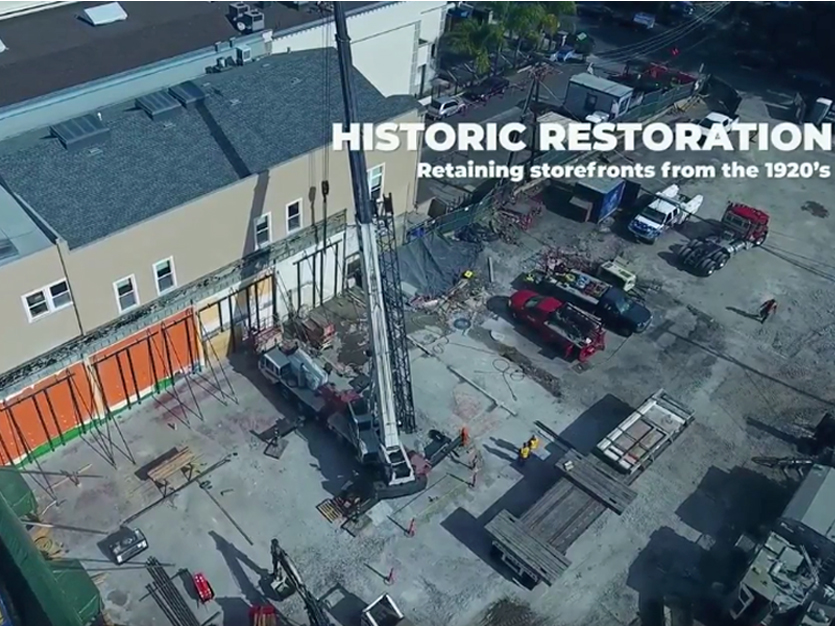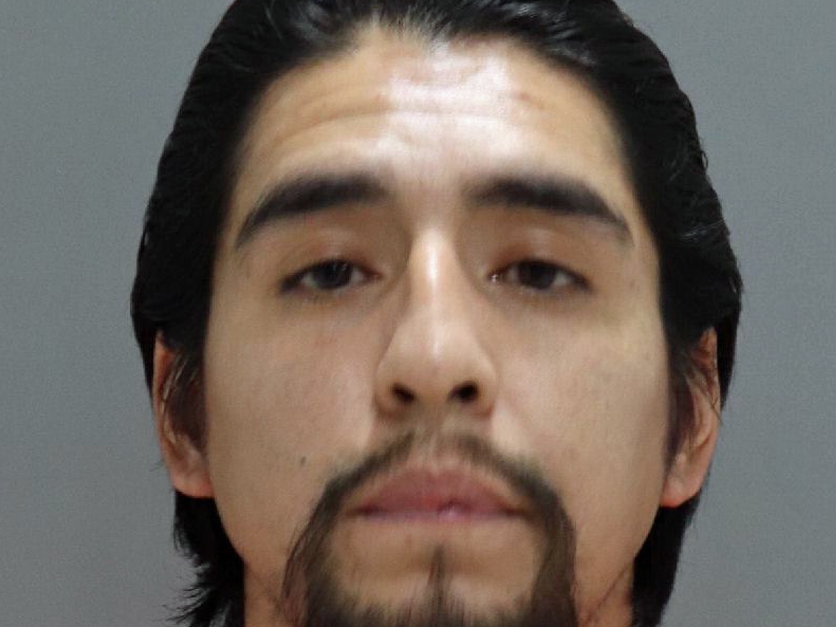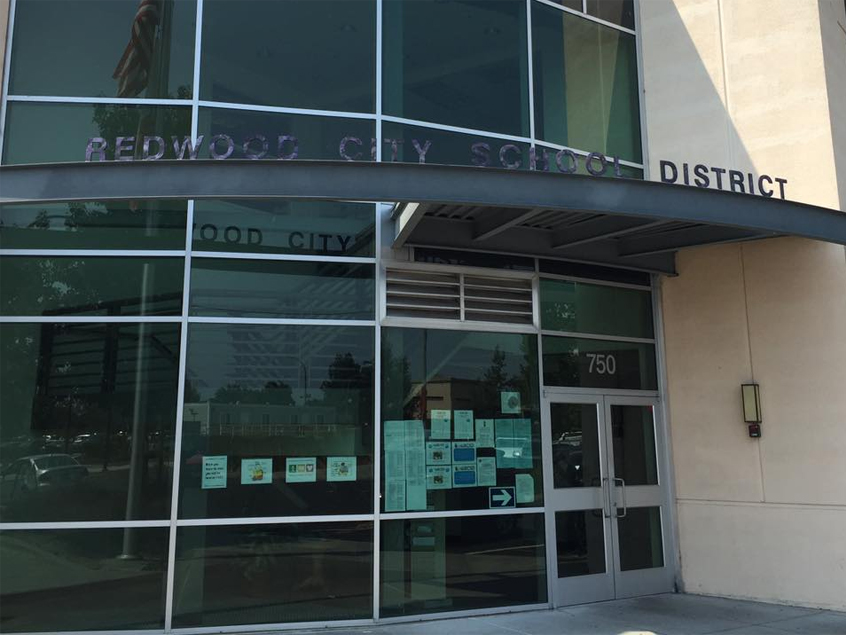Woman stabbed in San Carlos, estranged husband arrested
A woman was stabbed and battered in San Carlos Monday night by her estranged husband, who was arrested at the scene, according to the San Mateo County Office of the Sheriff.
Sheriff’s deputies responded to the 900 block of East San Carlos Avenue about midnight after receiving a 911 call from a female who lives there, deputies said. The dispatchers could hear a disturbance in the background, and deputies were immediately sent to the scene.
They arrived at the home within two minutes and found the victim with injuries from a stabbing and battery.
Deputies discovered that the suspect had broken into the apartment purposefully to attack the victim, and also learned that two children were in the home when the assault occurred.
The suspect, who was not immediately identified, was booked into County Jail on suspicion of attempted murder, burglary and child endangerment, deputies said.
Anyone with additional information about this crime is encouraged to contact Sheriff’s Detective Velasquez at (650) 363-4062 or via email at jvelasquez@smcgov.org. Anonymous calls can be made to the San Mateo County Sheriff’s Office Anonymous Tip Line at 1-800-547-2700.

